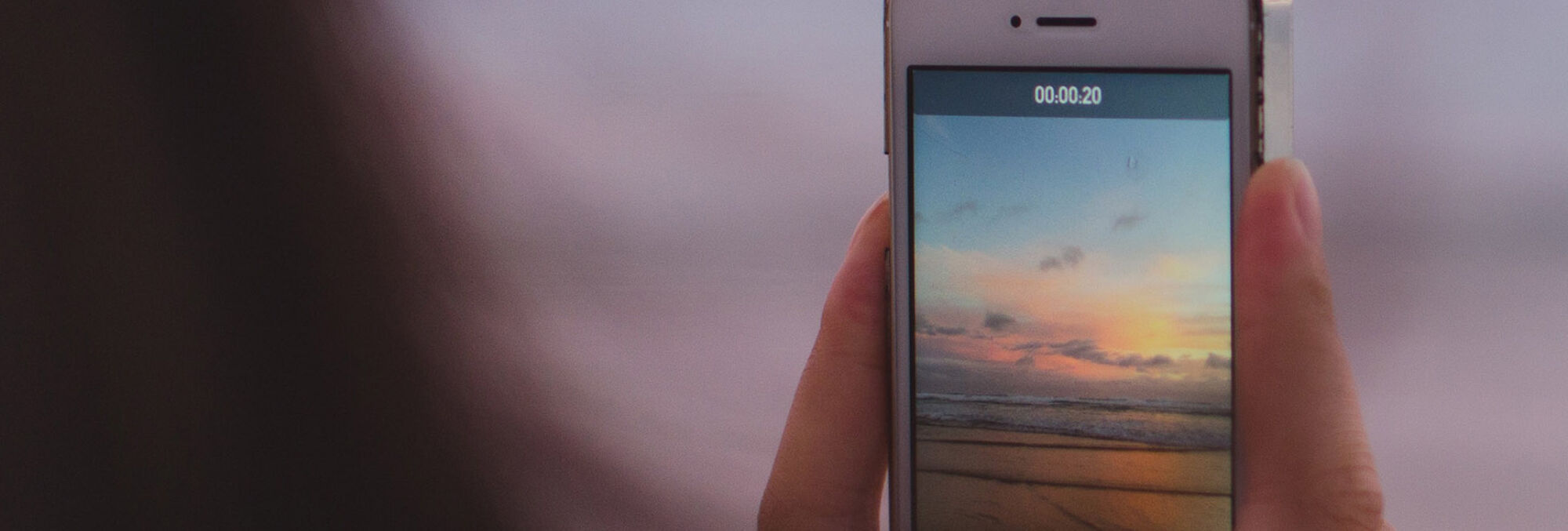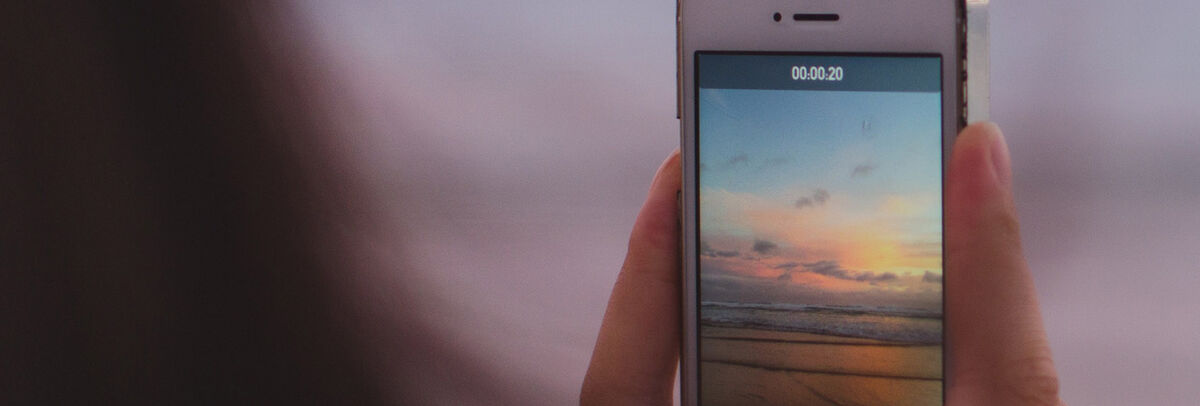“You’re one of three people in the world able to have that conversation,” Brian Fanzo said as we walked out of the HQ of a major tech brand in Silicon Valley, “How does that make you feel?”
“Exhausted…”
Brian, my partner at BackLamp, and I slid back into the ol’ Chevy Volt and started talking about the next calls we were on. I pressed the blue START button, pulled the gearshift to R and then to D and drove towards San Francisco. He fired up the little black wifi disk and opened up his computer while I pulled the rearview mirror down with force and looked at my eyes. I looked like a shallow puddle of deep shit.
It’s now just barely approaching a year since Periscope was released and our team at BackLamp had worked tirelessly to define a market, come up with processes to tell a brand’s digital story, cultivated talent, built the largest brand within live streaming, put on two events, led multiple initiatives (two of which trended globally on Twitter) and produced content for channels like Forbes, Inc, Applebee’s, T-Mobile, SanDisk…
I looked like ol’ Abe Lincoln walking to the damn playhouse.
But this is what we’ve learned in the age of digital storytelling:
Brands do not want your story, they want theirs
Many of our engagements use influencers (relevant influencers) but, more often than not, there’s an interest in employee advocacy programs and takeovers. It goes back to the time when an old boss told me, “You have 2 ears and 1 mouth. Use them accordingly.”
You’ll never lose a sale from listening to your customer. Find out what success means to them and then help them find it.
Metrics matter… but results bring the boys to the yard
You absolutely have to back engagement with quantifiable results to prove ROI but nobody can fight ROI when we look at something that actionably brings sales. This is next level shit and it adds another layer of complexity because there’s no API in our world to make it happen natively.
It’s definitely a situation in which I could teach you… but I would have to charge.
Telling a story and painting a picture are two very different things
Yeah… you have to do both. The secret is really that you’re doing both at the same time. A picture is the entire view and a story is how you’ve gotten to the picture. Know what your tools and skills are and bring out that damn katana and start slicing some shit up.
Here are some of the tracks that we use:
- Periscope is the app of the year
- Users spend an average of 2.2 hours on Periscope per day compared to 21 mins on Instagram & 40 mins on Facebook and YouTube
- Engagement with younger audience: GlobalWebIndex surveyed 47,743 internet users. 32% 16–24 years old & 49% 25–34 years old have used Periscope in the past month
- People watch over 40 years-worth of live video every day
350,000 hours of video is streamed daily - Periscope is available in 25 languages
- Over 2 million active users daily
- Tell your story with the right tools damn it. It makes no damn sense to go in and show numbers.
You have to have something darn it!
No experts are made in a vacuum. One of our largest clients EVER was done for free. I’ll never tell you which one but if you look at my rollcall you’ll see some pretty damn big names. It was done pro-to-the-bo-no so that we could use that name for bragging rights.
Please dear lord, don’t think I’m saying negate value or work for free (that hurts us all). I am saying that if there’s not an opportunity then make it. Show someone at a tradeshow that you just sold 12 of their gizmos on Periscope, show a CEO that you just had 300 people watching you live and then ask him what she or he would say, volunteer to broadcast a panel.
In the end, helping you helps me. I want brands to win as much as I want the livestream community and the platform to win. It’s an ecosystem people and if you think of it in that way then you recognize that a big alligator in a little pond can kinda ruin shit. Be a part of something. Engage with larger entities and partner with smaller ones.









